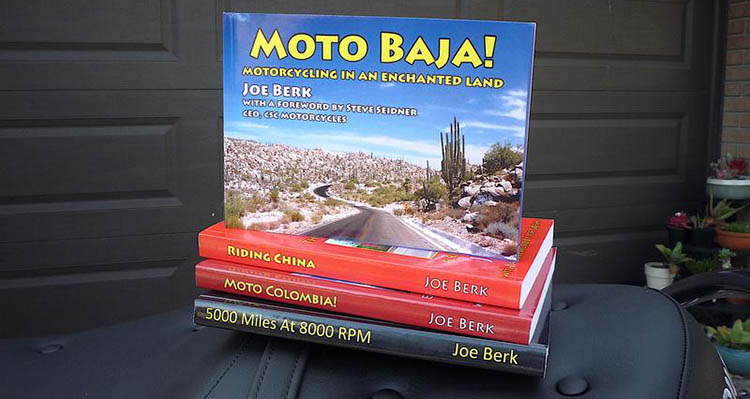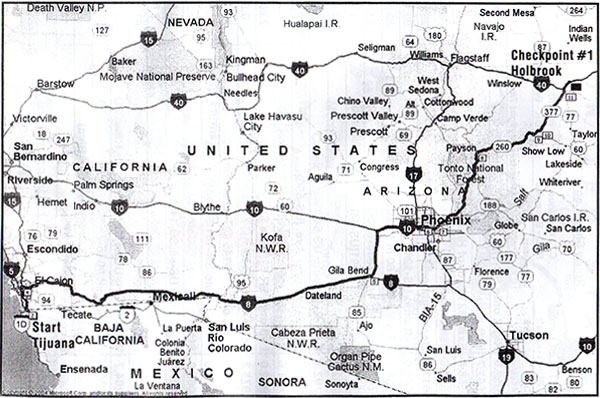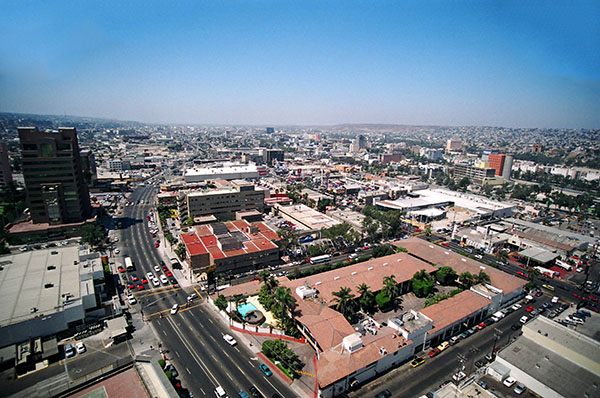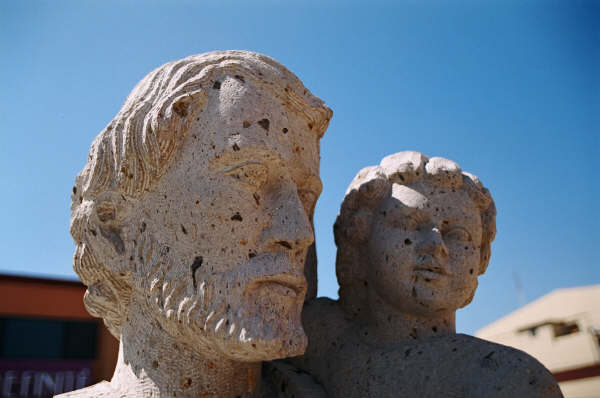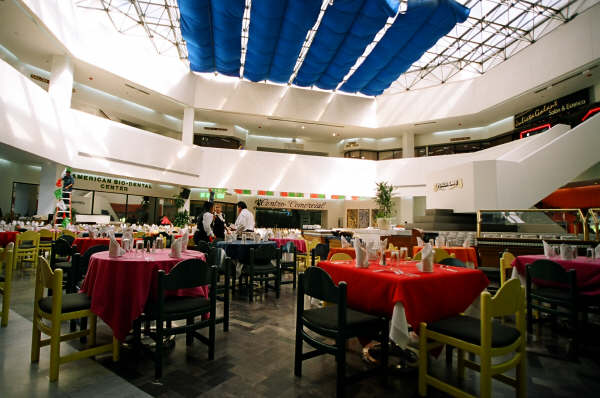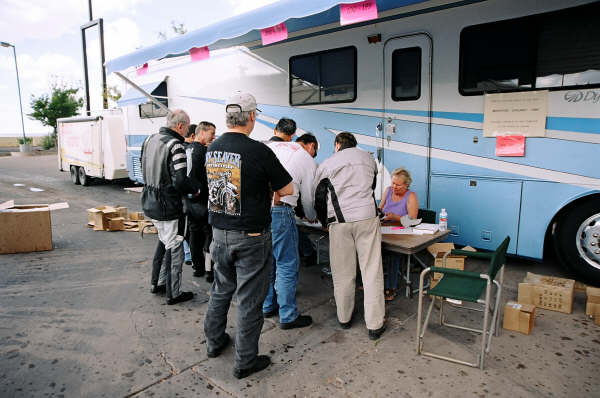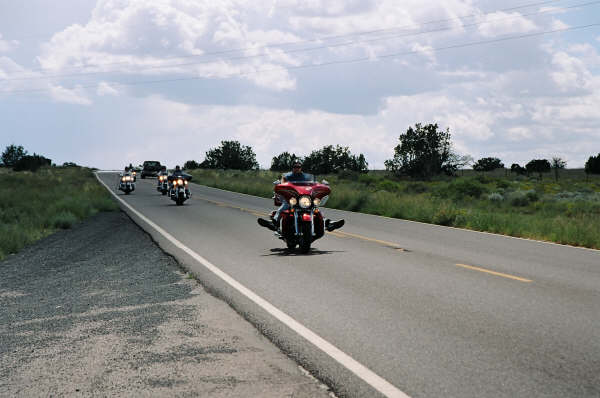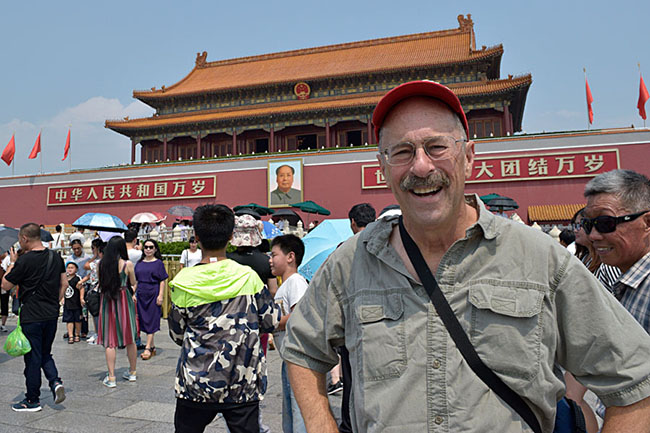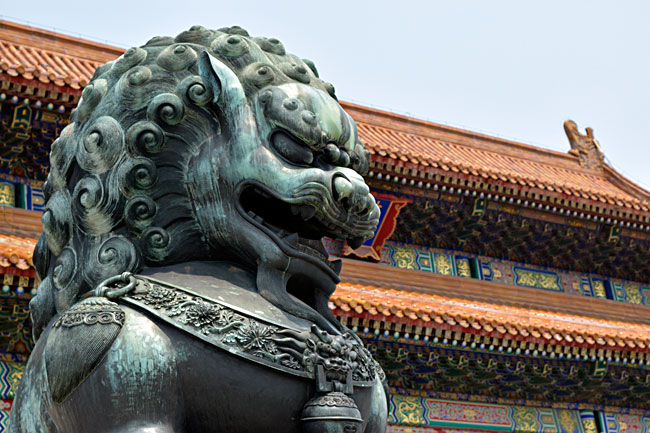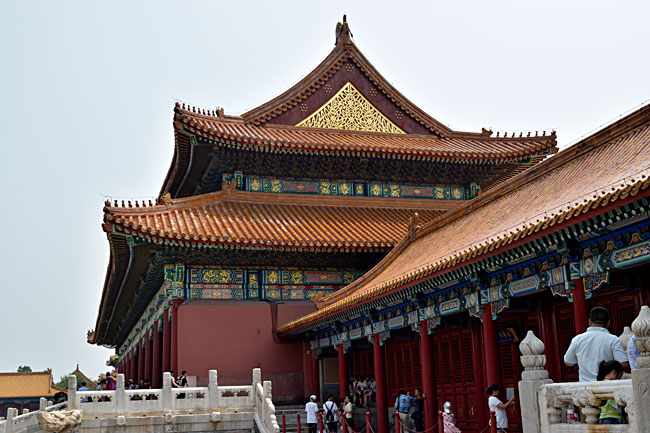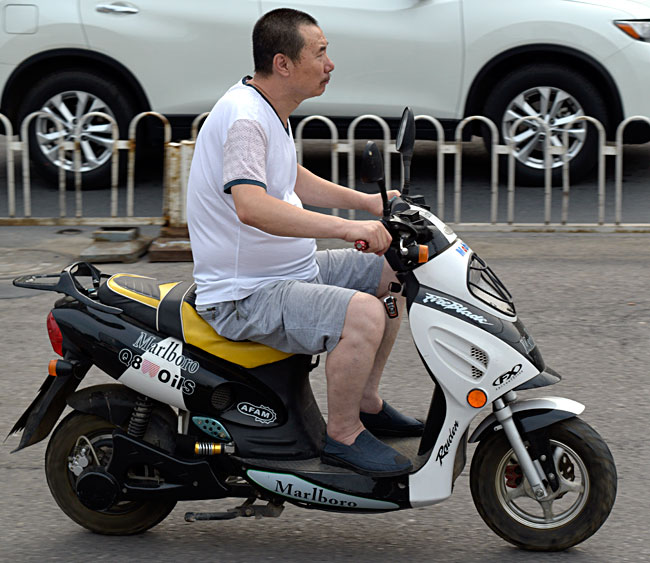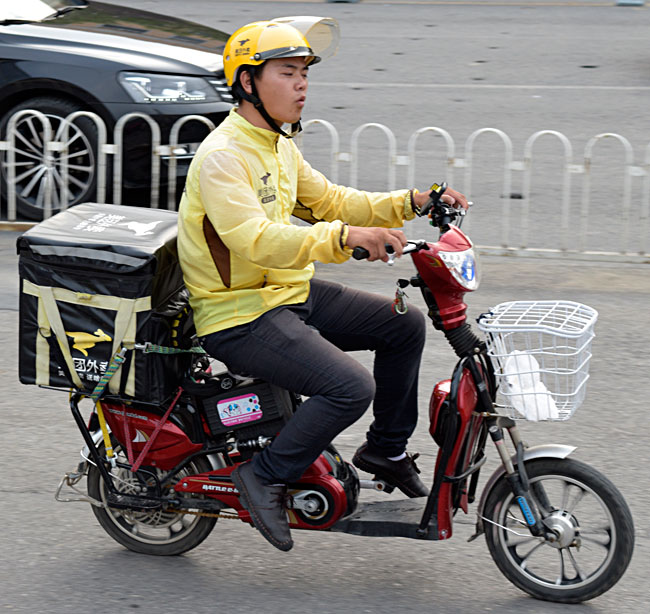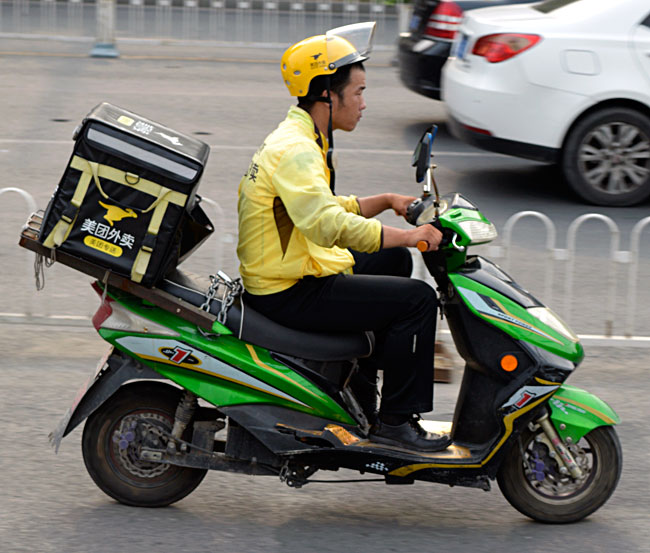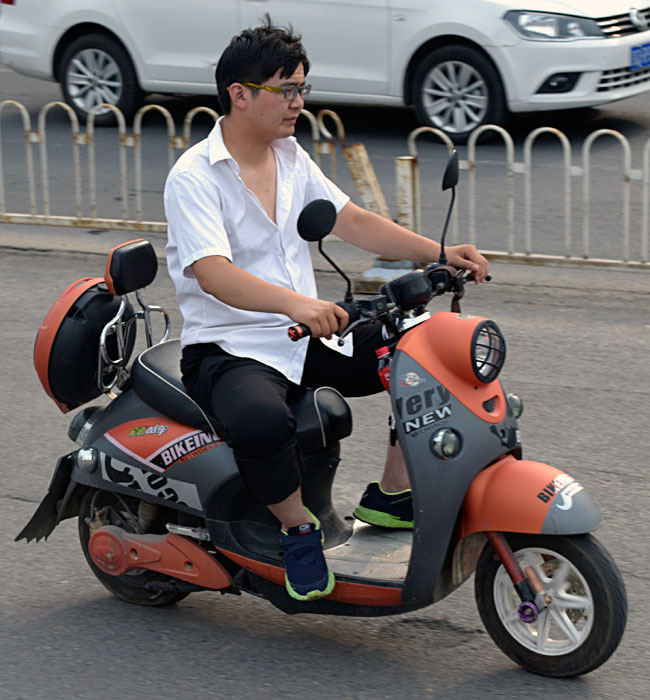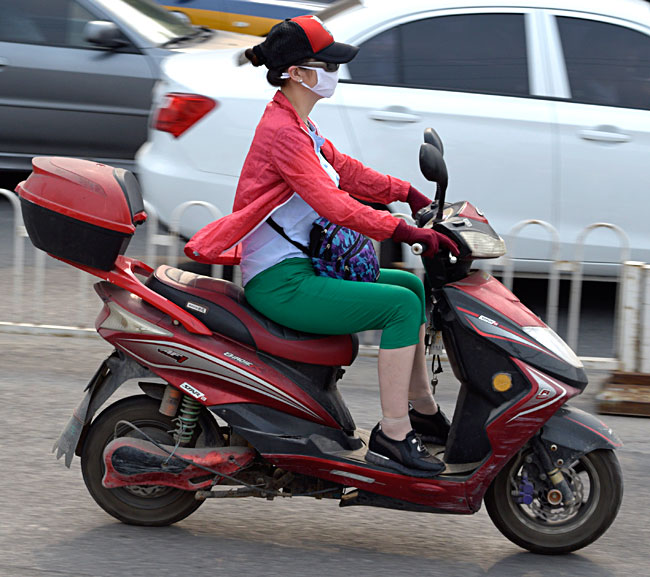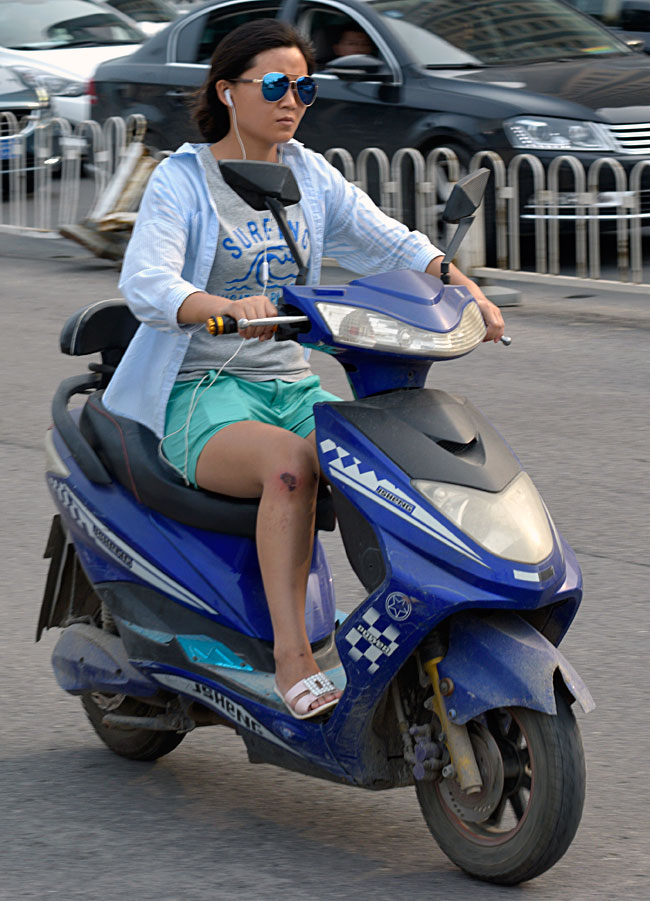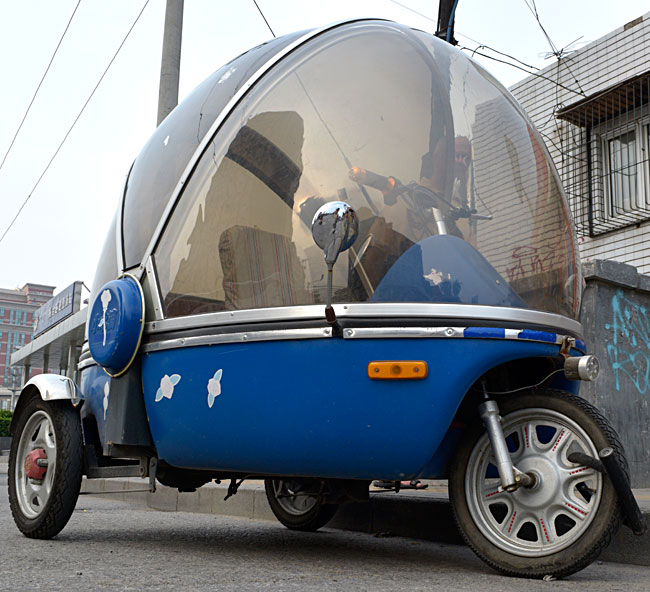The second day of the 2005 Three Flags Classic motorcycle rally would take us from Gallup, New Mexico (where we stayed the first night of the tour) to Grand Junction, Colorado. You can catch up on the ride by reading our prior blog posts here:
The 2005 Three Flags Classic Rally: the Intro!
The Three Flags Classic: Day 1
And with that, let’s get to Day 2!

To continue the adventure, we were up early and we rolled out of Gallup, New Mexico on a beautiful day. The bikes were running great and Marty and I were in high spirits. It’s hard to put into words what it feels like to be on these kinds of rides. You’re out in the world, on a powerful motorcycle, seeing things worth seeing. It’s a great experience and a great feeling. Everything just seems better to me when I’m on a motorcycle ride. I sleep better, the food has better flavors, the people are friendlier, the bikes feel stronger, and on and on it goes. You need to experience it to really understand it. You folks who ride the big rides know what I’m talking about.
We spent very little time on the freeways on the Three Flags Rally. Most of our riding was on magnificent roads like the ones you see in the photos below. The folks at the Southern California Motorcycle Association who planned the ride did a fantastic job.


If it seems like there are a lot of pictures of my Daytona here, well, I guess there are. I loved owning the Daytona, and the more I rode it, the more I liked it. For a cool story on how I came to own this bike, check out this blog entry I wrote a few months ago.
A few miles up the road from this location, we crossed into Colorado. This was my first time in Colorado, other than passing through the airport in Denver a few time on business trips. But those stops don’t really count…a layover in any airport could be a layover in, well, any other airport.
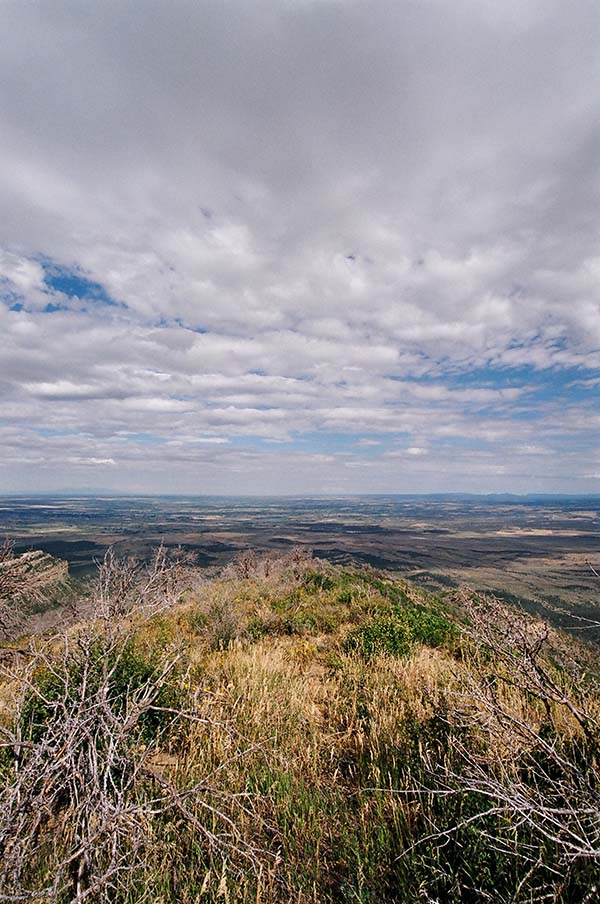
Marty wanted to stop in Mesa Verde National Park in Colorado. I had never heard of the place (I don’t get out enough, I guess), but I was up for it. Marty was a very easy guy to travel with and he didn’t have many preferences. He was a judge (that is to say, he’s the real deal…a Superior Court judge), and he told me that he didn’t want to make any decisions on this ride. Where we stayed, where we stopped to eat, and all the rest were up to me. I think that’s because Marty was paid to make decisions all day long. Making decisions was his job, and he wanted a break. So when he asked to hit Mesa Verde, it was about the only time he expressed a preference on where to go, and I was all for that. It was a good move. Mesa Verde National Park is an impressive place.
The ride up to the top of Mesa Verde (it literally means “green table” in Spanish) was awesome. It’s a multi-mile climb to about 8500 feet, and the vistas are incredible. You can see clear into New Mexico from the top.
All of the above, as you can see from the photos, was grand. But the main attractions at Mesa Verde National Park are the ancestral Pueblo Native American ruins. That part of the Park is almost beyond belief. It’s real Indiana Jones stuff.

Mesa Verde is a very interesting National Park. I liked it so much that Sue and I took a road trip there last summer to explore the area in more detail. I’d been thinking about it in the 14 years that have elapsed since the 2005 Three Flags Classic. I wanted to see it again and bring my wife so she could see it. The Native American cliff dwellings are amazing and the scenery is magnificent. I have a story coming out on Mesa Verde in the next issue of Motorcycle Classics magazine. It really is a special place. Marty made the right call on this one. Hey, he’s a judge. The guy makes good decisions!
After Mesa Verde, we rode through heavy rains along the Dolores River and stopped in Telluride, Colorado. The sun came out just as we entered town. The ride along the Dolores River in Colorado was beautiful even in the rain. We were having a grand time.
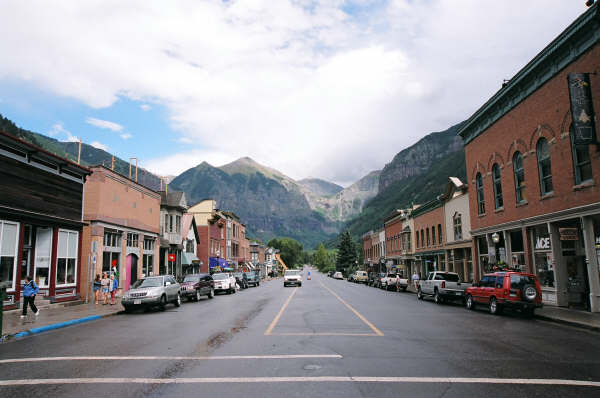
We had a checkpoint in Rangely, Colorado. It was a great experience. I had a conversation with a guy named Pat (a BMW GS rider), and it turned out he lives one street over from where I live in California. I mean, think about that: Here we were, probably 1300 miles from So Cal, two guys strike up a conversation, and it turns out we’re practically neighbors (but we had never met before this ride). What are the odds?
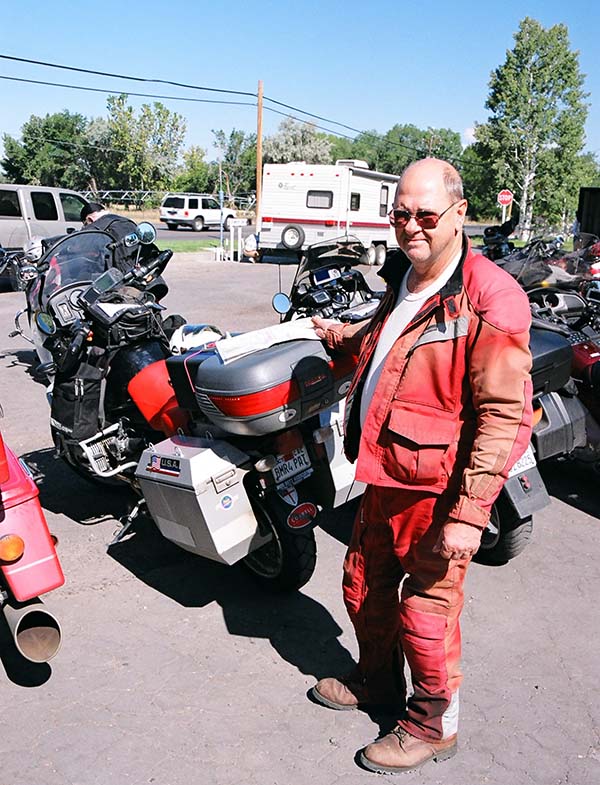
We made Grand Junction, Colorado, where we would be spending the night, and we reconnected with our friends at the hotel. Dinner was great, and then the rain started again. I felt like taking more photos after dinner and I wanted to play with a couple of new toys. I had just purchased an ultra-wide Sigma 17-35 lens and I wanted use it. I had also purchased a Sunpak MiniPro Plus tripod for the trip. It looked like it was going to be a good idea, but it was a bust. One of the legs broke off halfway through the ride, and I threw the thing away. I almost never travel with a tripod any more. They’re just too bulky, and I can usually find something to steady the camera for evening shots.
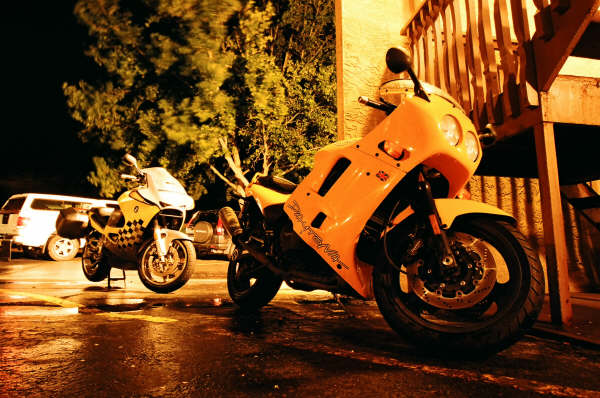
That wrapped up Day 2 of our Three Flags Classic ride in 2005. It was a great ride. We were two days into it and we had already ridden halfway across the United States. Out tally so far was two countries and four states. We still had several more states and another whole country to go. It was magnificent.
There’s more to come on this grand adventure, folks. Stay tuned for Day 3!


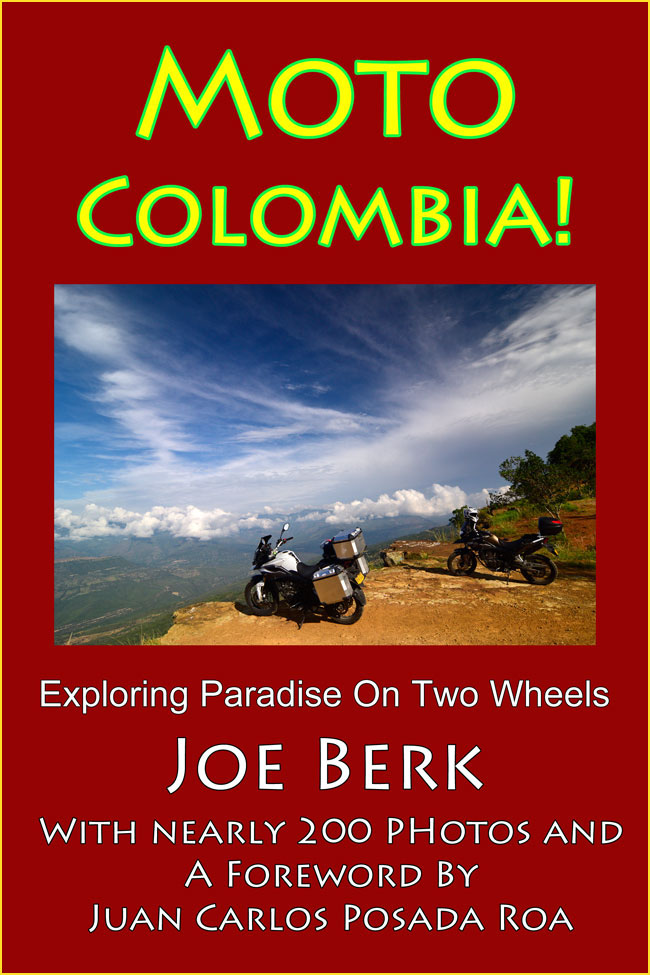







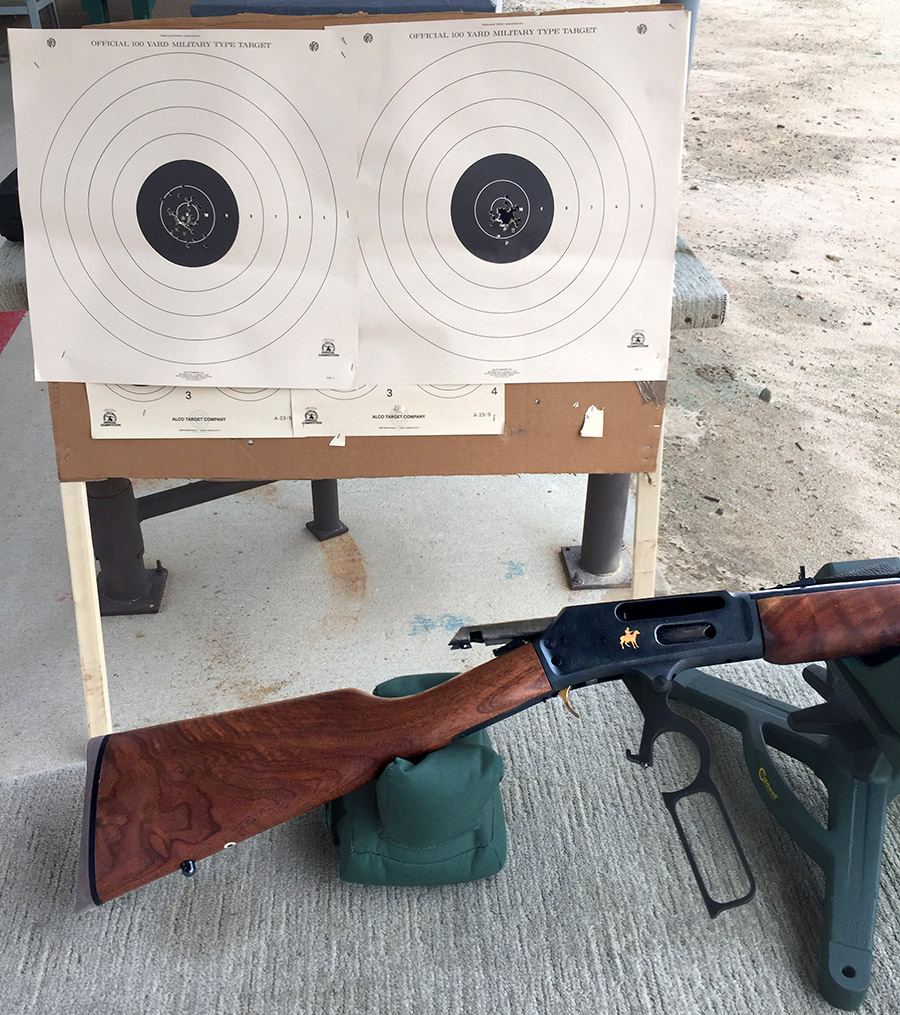
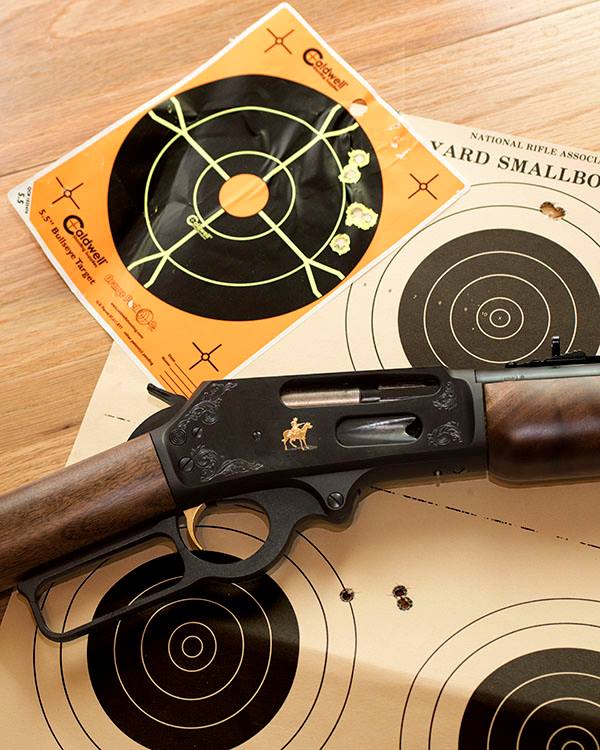
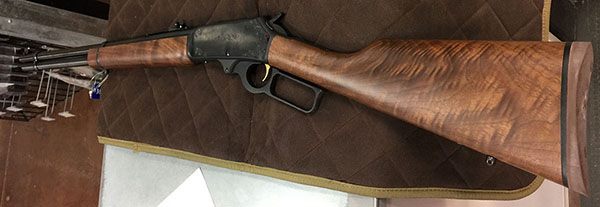

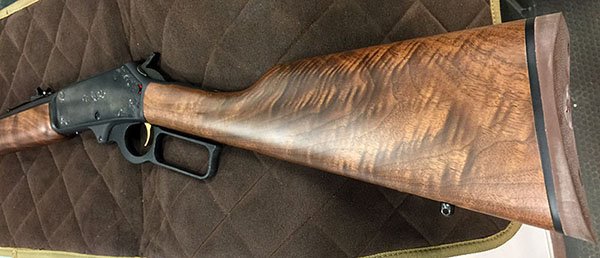
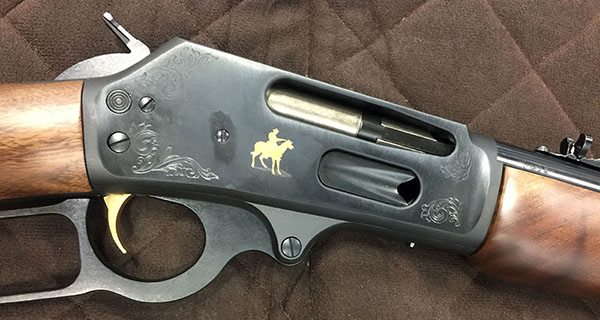
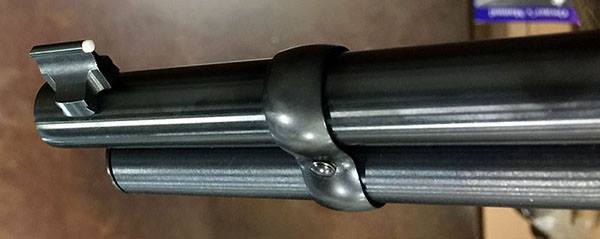
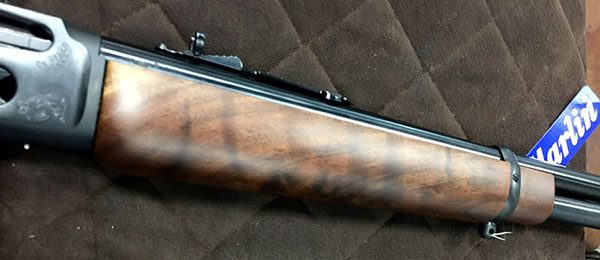
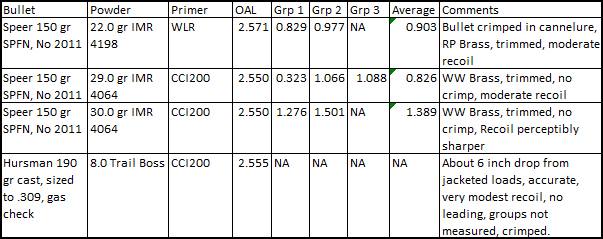

 The fog nestled so close to the ground made it appear as though I was looking at a forest of cacti poking their heads through the clouds. For some unknown reason, I took that as an omen of good things to come. I passed one truck on that 40 mile stretch to the main highway.
The fog nestled so close to the ground made it appear as though I was looking at a forest of cacti poking their heads through the clouds. For some unknown reason, I took that as an omen of good things to come. I passed one truck on that 40 mile stretch to the main highway. I wasn’t yet familiar with my CSC TT250, but I had read reviews of 65 mpg, and since I didn’t yet know what 3/4 full meant on my bike, I decided to press on, optimistic that I would find gas somewhere on the way.
I wasn’t yet familiar with my CSC TT250, but I had read reviews of 65 mpg, and since I didn’t yet know what 3/4 full meant on my bike, I decided to press on, optimistic that I would find gas somewhere on the way. As I continued north, I noticed my gas gauge reaching 1/2 full at Chapala. I still had 63 miles to go to Catavina, which was the only place that I thought may have gas. Hoping that the gauge accuracy was a bit on the conservative side, I continued on. Running the numbers in my head, I concluded that I should make it to Catavina, even if my actual fuel level was a little less than indicated. However, if Catavina didn’t have gas, then I was going to either have to stay there until I could find someone passing through with extra gas, or try to locate a rancho that might have a couple of gallons to spare. Fortunately, in Catavina I came across a small sign stuck in the dirt on the left side of the highway that said Pemex. The arrow pointed to the right side of the road, and as my eyes scanned the opposite side of the highway, I saw a pickup truck with a couple of 55 gal drums and a few one gallon plastic containers. By this time I had travelled about half the distance to San Quintin, and although my low fuel light was already flashing, I still had not gone on reserve
As I continued north, I noticed my gas gauge reaching 1/2 full at Chapala. I still had 63 miles to go to Catavina, which was the only place that I thought may have gas. Hoping that the gauge accuracy was a bit on the conservative side, I continued on. Running the numbers in my head, I concluded that I should make it to Catavina, even if my actual fuel level was a little less than indicated. However, if Catavina didn’t have gas, then I was going to either have to stay there until I could find someone passing through with extra gas, or try to locate a rancho that might have a couple of gallons to spare. Fortunately, in Catavina I came across a small sign stuck in the dirt on the left side of the highway that said Pemex. The arrow pointed to the right side of the road, and as my eyes scanned the opposite side of the highway, I saw a pickup truck with a couple of 55 gal drums and a few one gallon plastic containers. By this time I had travelled about half the distance to San Quintin, and although my low fuel light was already flashing, I still had not gone on reserve I figured the price would be astronomical, but that was ok since I would only need a couple of gallons. Surprisingly, it was only $1 per gallon higher than the Pemex station where I had filled up in my town the day before. Confident that I could now make it the rest of the way to San Quintin, I pressed on north, maintaining between 60 and 65 mph indicated.
I figured the price would be astronomical, but that was ok since I would only need a couple of gallons. Surprisingly, it was only $1 per gallon higher than the Pemex station where I had filled up in my town the day before. Confident that I could now make it the rest of the way to San Quintin, I pressed on north, maintaining between 60 and 65 mph indicated. The desert continued to get greener as I closed in on the town of El Rosario where Mama Espinoza’s famous restaurant is located. I passed by knowing that I had a meal waiting for me in less than an hour at Jardine’s. Traffic remained consistent through the remainder of my trip, and I reached my destination at 11 a.m.
The desert continued to get greener as I closed in on the town of El Rosario where Mama Espinoza’s famous restaurant is located. I passed by knowing that I had a meal waiting for me in less than an hour at Jardine’s. Traffic remained consistent through the remainder of my trip, and I reached my destination at 11 a.m.
 I pulled into the empty parking lot of the restaurant, dismounted, and approached the door. It was locked. Fortunately the hours were posted. Another hour before they opened. That wasn’t good. If I waited around until they opened, got seated and served, I wouldn’t get back on the road until after 1 p.m. That would make it difficult to make it home before dark. Hmmm! Better check the hotel. I had heard the rates were good, but I was pleasantly surprised that a single room was only $31. A two bedroom-suite was a bit steeper at $45. It didn’t take me long to decide to take advantage of one of the perks of retirement – unscheduled time. I quickly pulled out my wallet, checked in, walked around the grounds for a few minutes, and then waited outside the restaurant until they opened.
I pulled into the empty parking lot of the restaurant, dismounted, and approached the door. It was locked. Fortunately the hours were posted. Another hour before they opened. That wasn’t good. If I waited around until they opened, got seated and served, I wouldn’t get back on the road until after 1 p.m. That would make it difficult to make it home before dark. Hmmm! Better check the hotel. I had heard the rates were good, but I was pleasantly surprised that a single room was only $31. A two bedroom-suite was a bit steeper at $45. It didn’t take me long to decide to take advantage of one of the perks of retirement – unscheduled time. I quickly pulled out my wallet, checked in, walked around the grounds for a few minutes, and then waited outside the restaurant until they opened. It was fantastic. I was seriously glad that I decided to stay. I kept occupied throughout the day by reading my kindle and talking to Anna, the hotel manager that day. She had spent several years in Wichita, KS, so she spoke English quite well. That night I paid a whopping $4.00 for some Fish and Chips. Another great meal.
It was fantastic. I was seriously glad that I decided to stay. I kept occupied throughout the day by reading my kindle and talking to Anna, the hotel manager that day. She had spent several years in Wichita, KS, so she spoke English quite well. That night I paid a whopping $4.00 for some Fish and Chips. Another great meal. Hard to believe; for less than $100 I had a wonderful two days of riding, great food, a good night’s sleep and not one stop light. I feel truly blessed.
Hard to believe; for less than $100 I had a wonderful two days of riding, great food, a good night’s sleep and not one stop light. I feel truly blessed.
